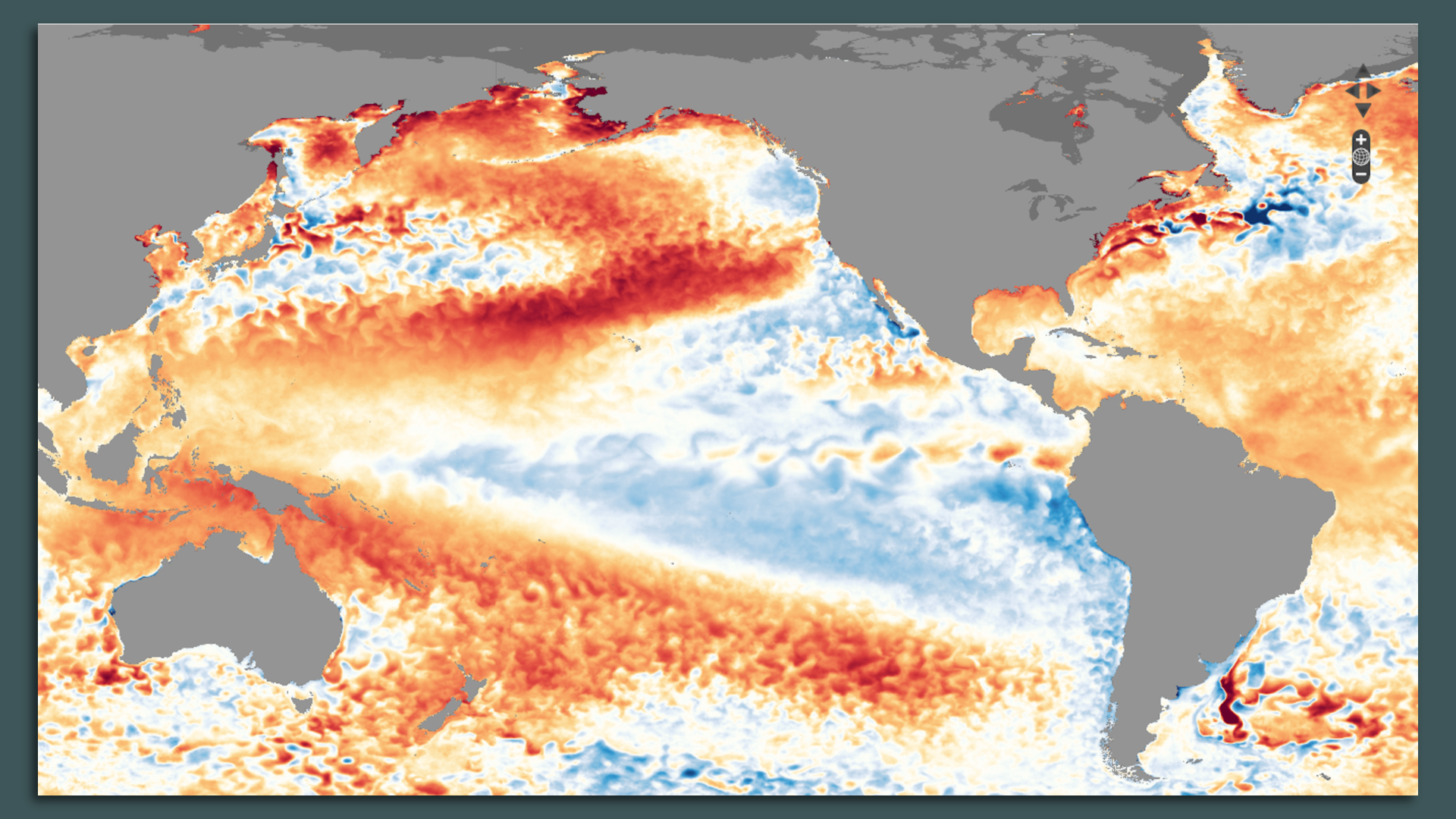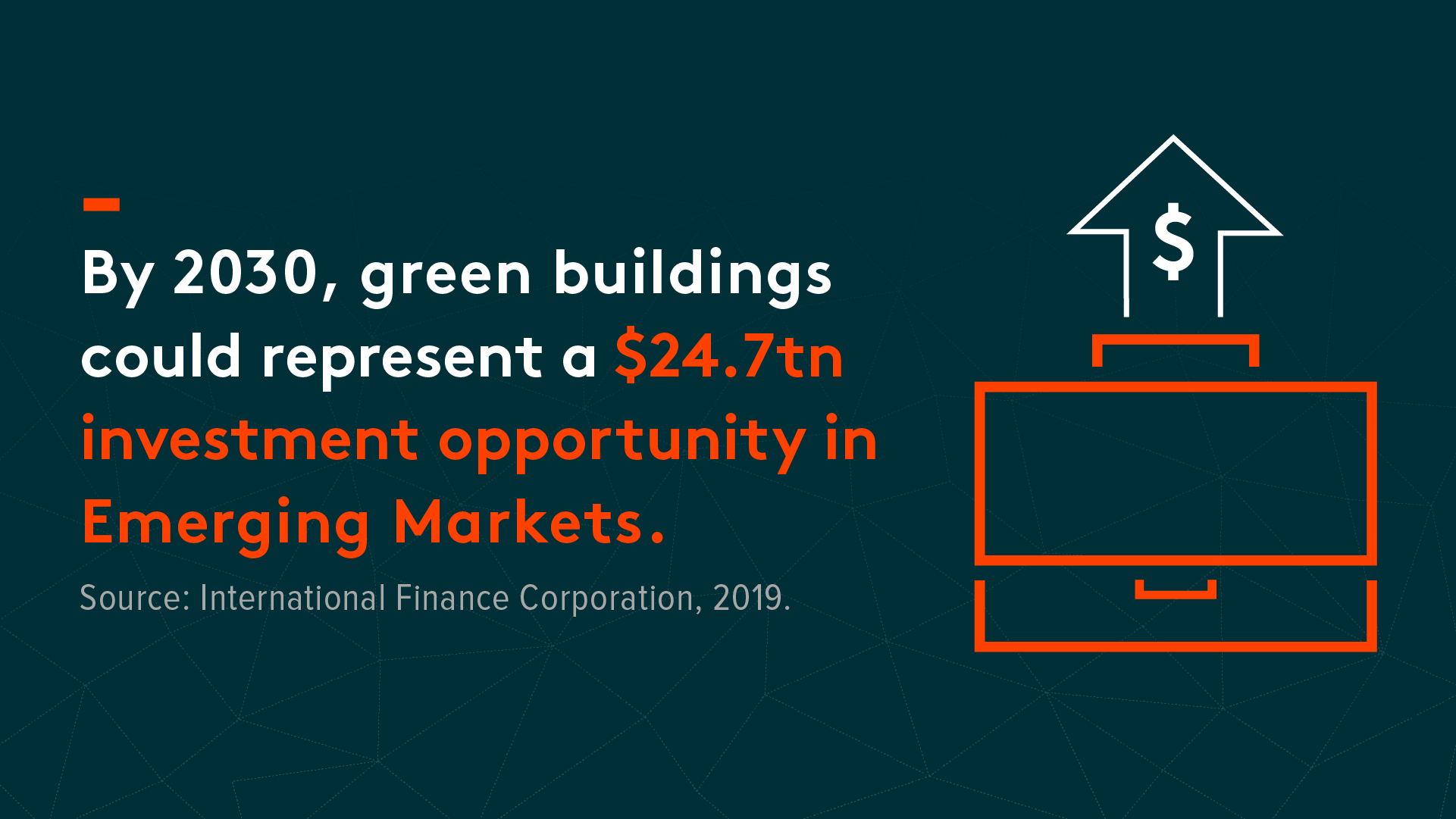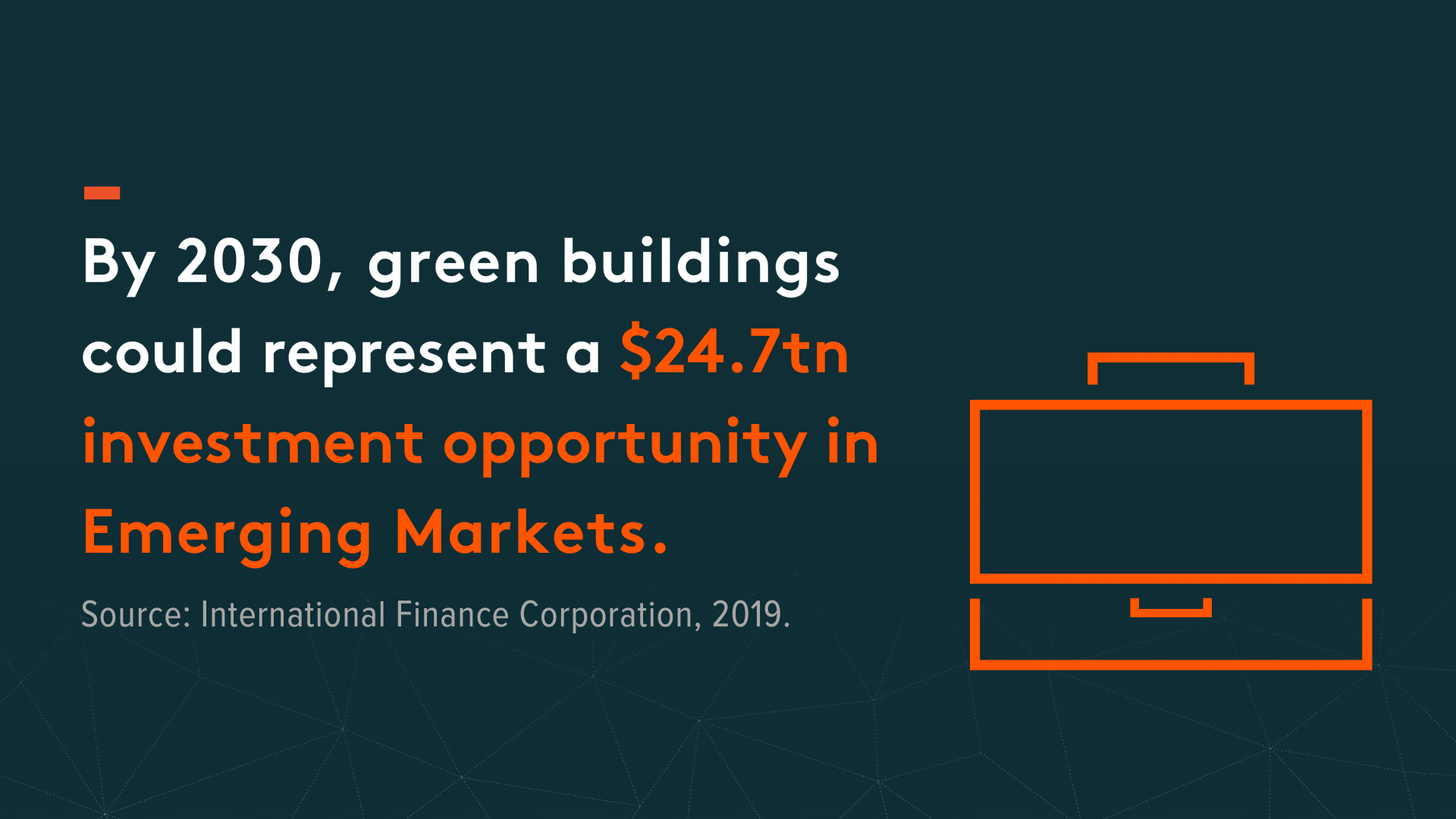| |
| |
| |
| Presented By Global X ETFS |
| |
| Axios Generate |
| By Ben Geman and Andrew Freedman · Jun 16, 2022 |
| 🚀 Off we go! Today's newsletter, edited by Mickey Meece, has a Smart Brevity count of 1,239 words, 5 minutes. 📬 Did a friend send you this newsletter? Welcome, please sign up. 🎶 Happy birthday to Eddie Levert of R&B legends The O'Jays, with today's intro tune... |
| |
| |
| 1 big thing: La Niña heads for a "triple dip" |
 |
|
| The telltale signature of La Niña, with cold anomalies along and west of South America, along the equator. (NOAA/NNVL) |
| |
| A La Niña event in the tropical Pacific Ocean is at near-record intensity for this time of year and could extend its streak into a rare third fall and winter season, forecasters at the National Oceanic and Atmospheric Administration tell Andrew. Why it matters: La Niña, which is characterized by cooler than average sea surface temperatures in the equatorial Pacific Ocean, has repercussions for the Atlantic hurricane season. - Such events tend to weaken upper-level winds over the Atlantic Ocean, creating more favorable conditions for tropical storms and hurricanes to form and strengthen.
- For this reason, most forecasting groups in the public and private sectors are predicting an above-average hurricane season.
The big picture: The current La Niña began back in the late summer and early fall of 2020, and it has reached an intensity that ranks it "among the strongest springtime La Niñas in the historical record dating back to 1950," according to NOAA scientist Michelle L'Heureux. - The latest forecasts call for La Niña to potentially wane this summer and then rebound in the fall and early winter, L'Heureux said.
- This would be known as a "triple-dip La Niña," because it would be the third straight La Niña fall/winter season.
Of note: With each week that La Niña remains, the less likely it becomes that 2022 will set a new global temperature record. The cooler ocean waters in the Pacific tend to keep a lid on global average temperatures. - However, the world's oceans overall are continuing to take up extra heat from an atmosphere altered by human-caused greenhouse gas emissions, ensuring that more heat will be released into the atmosphere as soon as this La Niña ends.
- Typically, El Niño events, which feature warmer than average sea surface temperatures in the equatorial Pacific, provide an extra boost to global average temperatures and help lead to record warm years.
- Reflecting La Niña's influence, May was the ninth-warmest such month on record globally, NOAA found. The agency predicts 2022 is "almost certain" to wind up among the top 10 warmest years. However, it's currently running in sixth place.
Yes, but: La Niña has still other consequences, and is likely exacerbating the drought in the Southwest. - A triple-dip La Niña outlook is an ominous sign for drought recovery.
|
    |
| |
| |
| 2. The latest on Biden's gas price fight |
 Data: U.S. Energy Information Administration; Chart: Nicki Camberg/Axios Here are a few developments since our reporting yesterday on President Biden's public criticism of U.S. refiners, call for their ideas, and potential use of more executive tools to try and curb pump prices, Ben writes. 🔍 White House Press Secretary Karine Jean-Pierre told reporters Biden might use the Defense Production Act to boost fuel output. - She didn't provide specifics. But ClearView Energy Partners, in a note, said it could signal an effort to compel idled refineries to operate.
- They also interpreted Biden's letter to Exxon, Valero and five others as possibly hinting at waivers of Jones Act restraints on shipping.
✍️ Two key oil industry groups released a joint response to Biden. - It seeks to parry his claims that they're not doing enough, for instance noting refineries are basically running flat-out (see the chart above).
- Their letter also claims White House climate policies are part of the problem, alleging Biden's push to move away from fossil fuels deters investment in new capacity.
✈️ Oil will be part of talks between President Biden and Saudi leaders when he visits the kingdom next month. - "Oil production, obviously, is going to be on the agenda," National Security Council spokesman John Kirby told reports.
- But he noted it's part of much wider talks on topics including counterterrorism and climate change and more.
|
    |
| |
| |
| 3. 🏃🏽♀️Catch up fast: BlackRock, Australia, VC |
| BlackRock is launching a "perpetual infrastructure strategy" to help enable the transition to cleaner energy and industrial practices, Ben writes. Why it matters: The firm is the world's largest asset manager and holds sway in the broader investment world. How it works: BlackRock said it would partner with "leading infrastructure businesses over the long term," with an initial focus on Europe. Via the FT, the plan "will start with money in the 'single-digit billions' from a few cornerstone investors, BlackRock said, with plans to grow it significantly." Elsewhere on our radar... 🐨 Australia's new Labor-led government is pledging to cut emissions by 45% by 2030 compared to 2005 levels. - Why it matters: The new policy submitted to the United Nations is a big shift from the former Conservative government. The BBC has more.
🦄 Turntide Technologies, an electrification and sustainable operations developer, raised $80m at over a $1b valuation from OGCI Climate Investments, SDCL Energy Efficiency Income Trust and insiders Fifth Wall and Meson Capital. |
    |
| |
| |
| A message from Global X ETFS |
| Build a greener investment portfolio |
| |
 |
| |
| Government policies and private sector commitments to combat climate change are driving demand for more sustainable buildings. We recently explored the long-term investment case for companies involved in the development, management, and technology powering green buildings. Learn more. |
| |
| |
| 4. FAA floats carbon rules for airplanes |
 |
|
| Illustration: Brendan Lynch/Axios |
| |
| The Federal Aviation Administration yesterday proposed a rule to cut greenhouse gas emissions from new aircraft manufactured in the U.S. after Jan. 1, 2028, Andrew writes. Why it matters: Aviation is a rapidly growing source of emissions, including carbon dioxide, and has not been subjected to federal climate regulations. Zoom in: The proposed rule would impose efficiency requirements for new subsonic jet aircraft and large turboprop and propellor planes not yet certified by 2028, and for those that are newly manufactured after the start of that year. - The rule would not apply to planes that are already in service.
- The FAA said the regulations would bring the U.S. in line with rules developed under the International Civil Aviation Organization.
- The EPA developed the efficiency standards under the authority of the Clean Air Act.
Details: Commercial aircraft such as the upcoming Boeing 777-X and future versions of the 787 Dreamliner would come under this rule, the FAA said, along with certain business jets and commuter aircraft. EPA estimates these aircraft types are responsible for about 10% of domestic transportation emissions. Read the whole story. |
    |
| |
| |
| 5. SEC's climate rule under the spotlight |
 |
|
| Photo Illustration: Aïda Amer/Axios. Photo: Melissa Lyttle/Bloomberg via Getty Images |
| |
| Public documents on the SEC's draft rules on corporate climate risk disclosure offer a window into intense political and business interest in the shape of the planned requirements, Ben writes. Driving the news: The online comment docket and meeting records are pretty lit! Some things I learned... - SEC chair Gary Gensler met recently with GM CEO Mary Barra to discuss reporting metrics, how the rule addresses Scope 3 emissions and more.
- SEC commissioners or staff have also met with Amazon, Dow, Deloitte and a number of other business and NGO interests.
- Over 30 GOP senators submitted a letter attacking the rule — a sign the SEC effort will come under fresh scrutiny if Republicans win one or both chambers in the midterms.
Why it matters: The activity around the rule underscores how it's slated to be among the most consequential forays by financial regulators into climate policy. What's next: The comment period closes today. The online docket will soon show a lot more input from companies, NGOs and others looking to influence the measure. |
    |
| |
| |
| 6. The intertwined energy and food crises |
 Data: IEA; Chart: Thomas Oide/Axios Visuals Russia's invasion of Ukraine has "brought the intertwined nature of the world's energy and food supply chains into sharp focus," International Energy Agency analysis said in a commentary, Ben writes. Why it matters: Global food prices were rising even before Russia's unprovoked attack, and the situation has now worsened in multiple ways. - One of them is the rise in energy prices. This has spillover effects by making it more expensive to manufacture fertilizer, run equipment, transport food and more.
- "[D]irect and non-direct energy costs can account for 40% to 50% of total variable costs of cropping in advanced economies such as the United States," IEA experts note.
Read the whole analysis. Go deeper: Russia's blockade of Ukraine's grain deepens food crisis in Africa |
    |
| |
| |
| A message from Global X ETFS |
| Build a greener investment portfolio |
| |
 |
| |
| Government policies and private sector commitments to combat climate change are driving demand for more sustainable buildings. We recently explored the long-term investment case for companies involved in the development, management, and technology powering green buildings. Learn more. |
| |
| 🙏Thanks so much for reading and have a great Thursday! |
 | It's called Smart Brevity®. Over 200 orgs use it — in a tool called Axios HQ — to drive productivity with clearer workplace communications. | | |









No comments:
Post a Comment